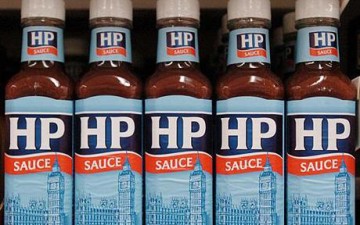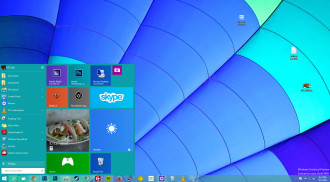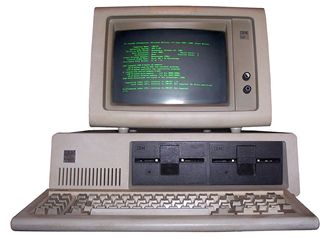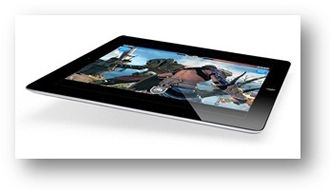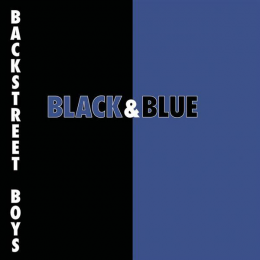 Suits in Biggish Blue’s Systems Middleware division are fighting over the right to flee the company and collect a nice redundancy.
Suits in Biggish Blue’s Systems Middleware division are fighting over the right to flee the company and collect a nice redundancy.
Some 110 people want to be paid to leave the company which is way more than the ten per cent of the division’s 736-strong workforce that IBM wanted.
IBM has said that if too many people applied for redundancy then it would choose from the list of volunteers.
The voluntary redundancy process is “coming to an end” and some will be offered redundancy. But the sheer size of the numbers of people who want out will be bad for IBM. It shows staff no longer have much confidence in the company and would rather take the money and run.
IBM has also bought in spending and travel restrictions to manage costs and it is investigating property portfolio projects which are aimed at reducing overall occupancy costs across IBM UK.
IBM staffers asking for redundancy will leave on 5 April, and compulsory lay-offs are not expected – at least, by employees.
Big Blue has restructured internal divisions, placed a big bet on cloud systems. It is also cutting costs by reducing its worldwide headcount. This follows eleven straight quarters of revenue decline.
IBM said it would take a $600m restructuring charge to expunge several thousand people this year, although the number of leavers depends on their seniority and pay scale.
